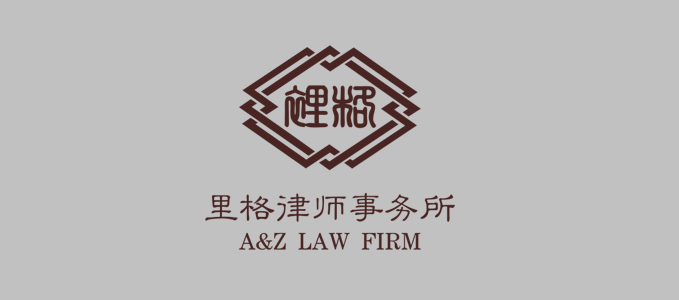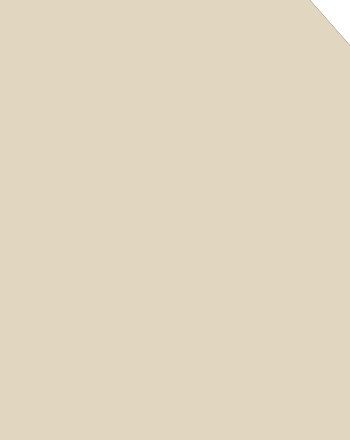Nationwide Customs Clearance Integration Reform
Nationwide Customs Clearance Integration Reform

Andrew Zhang,Head of the European-American Desk
On June 28, 2017, the General Administration of Customs of China published an announcement on the Nationwide Customs Clearance Integration reform starting July 1, 2017. This reform is an important step forward from the previous Regional Customs Clearance Integration Reform.
After such reform is fully implemented, it is expected to unify customs enforcement relating to declaration matters nationwide, (e.g., classification and valuation of imported goods), and would eliminate the traditional compliance challenges which were associated with the former customs district clearance system.
As this reform is influencing the customs clearance process that takes place on a daily basis, particularly in relation to the companies importing goods from foreign countries, we would advise companies to pay attention to the new customs policy in China.
We will now have a quick glance at this new customs clearance system with some key words:
1.Two Centers, Two functions
On July 1, 2017, the General Administration of Customs of China established three Tax Collection and Administration Centers (“TCAC”). These TCACs are located in four cities; Shanghai, Guangzhou, Beijing and Tianjin.
The TCACs are responsible for tax collection and administration matters through reviewing and inspecting companies’ declarations.
As well as this, the General Administration of Customs of China established three Risk Prevention and Control Centers (“RPCC”). The RPCCs are situated in three cities; Shanghai, Qingdao, and Guangzhou (Huangpu). The RPCCs are responsible for analyzing administration risks and instructing local customs to make on-site inspections.
2.Different goods, Different Centers
Different TCACs are responsible for the tax collection and administration matters of different goods.
The TCAC in Shanghai is in charge of imported mechanical and electrical products (chapters 84-87 and 89-92 in HS CODE), the TCAC in Guangzhou is in charge of imported chemical products, minerals products and metal products (the chapters 25-29, 31-40, 68-83 in HS CODE), and the TCAC in Beijing and Tianjin is in charge of the rest of the imported products, including but not limited to, imported foods, drugs, textiles and aircrafts (the chapters 1-24, 30, 41-67, 88, 93-97 in HS CODE).
The various branches of the RPCC are also responsible for risk analysis and controlling goods imported through different transportation methods. The RPCC in Shanghai is in charge of imported goods transported by air, the RPCC in Qingdao is in charge of imported goods transported overseas, and the RPCC in Guangzhou (Huangpu) is in charge of imported goods transported by roadways.
3.Once declaration, Stepped processing
The new customs clearance process has been named “Once declaration, Stepped processing”. This means that on the one hand, the company that imports goods from a foreign country can make the customs declaration at the customs office located in the port of importation and the local customs officials will only inspect matters relating to safety and admittance.
After passing the inspection of local customs, the company will pay duty and import tax according to the value declared by the company directly, and then the good will be released by the local customs office even if the declared duty and import VAT have not been verified by customs officials.
On the other hand, the TCAC responsible for charging the imported goods will review tax collection and administrative elements declared by the company after the goods are released.
If the TCAC has any doubt about the company’s declaration, it will correspond with the company and/or initiate an inspection.
This process will help the company save time in relation to the entire customs clearance process.
4.Self-declaration, Self tax payment
According to the “Once declaration, Stepped processing” process that is discussed above, the company that imported the goods must confirm the correct declaration elements regarding duty and import VAT, and subsequently pay duty and import VAT accordingly.
That said, however, the “Self-declaration, Self-tax payment” policy does not apply to every company. Only companies that have obtained the General AEOs certificate or the Advanced AEOs certificate fall under this policy and its relevant regulations - although it may be applicable to all companies registered by customs in the near future.
5.New chance, New challenge
The new policy allows companies to make a customs declaration and pay the duty and import VAT automatically, thus making the process less time consuming. However, the customs declaration still poses a new challenge to companies operating an import business in China, as under the former customs district clearance system, the customs declaration was reviewed by local customs officials first.
Therefore, in the case that there are mistakes in the declaration, they were corrected by the local customs officials, and the company was not at risk of being accused of false declaration, nor came under suspicion of smuggling. However, under the new nationwide customs clearance system, the company will not have an opportunity to correct any potential mistakes which would lead to a false declaration. It will bear the abovementioned risks.



